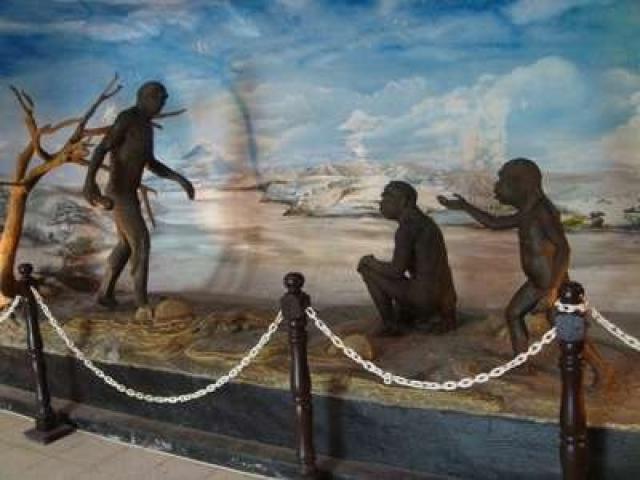
Sangiran Museum is the archaeological site of Ancient Man in Java, Indonesia. Sangiran Museum lies 15 kilometers in the northern part of Solo City. The entrance gate is on the main way from Solo to Purwodadi, near the border between the Gemolong and Kalioso districts. It used a marker to get to the gate of Sangiran, Krikilan village, which is 5 kilometers from the museum. Sangiran site is 59, 2 square kilometers, including administratively into two territories: Sragen and Karanganyar regencies.
The Minister of Education and Culture determined Sangiran as a heritage culture list in 1977. Therefore, the 20th session of the World Heritage Committee in Merida, Mexico December 5 ‘1996, determined that Sangiran is one of World Cultural Heritage No. 593 and listed as a UNESCO World Heritage Site.
In 1934 anthropologist Gustav Heinrich Ralph von Koenigswald began research in the area of Sangiran. Excavations discovered fossils of human ancestors first was Pithecanthropus Erectus or Java Man. About 60 more of these fossils and other fossils of Palaeojavanicus Meganthropus are found on the site. Sangiran Museum presents the history of early humans between 2 million years and 200.000 years ago, from the latest Pliocene to the middle Pleistocene. The museum has a 13.086 ancient human fossils collection, and ancient human stands upright, the most comprehensive in Asia. It also found vertebrate fossils, marine plant fossils, animal fossils, and stone tools. The Sangiran fossils area represents 50% of world fossils, and it is 65% found in Java Island, Indonesia.
